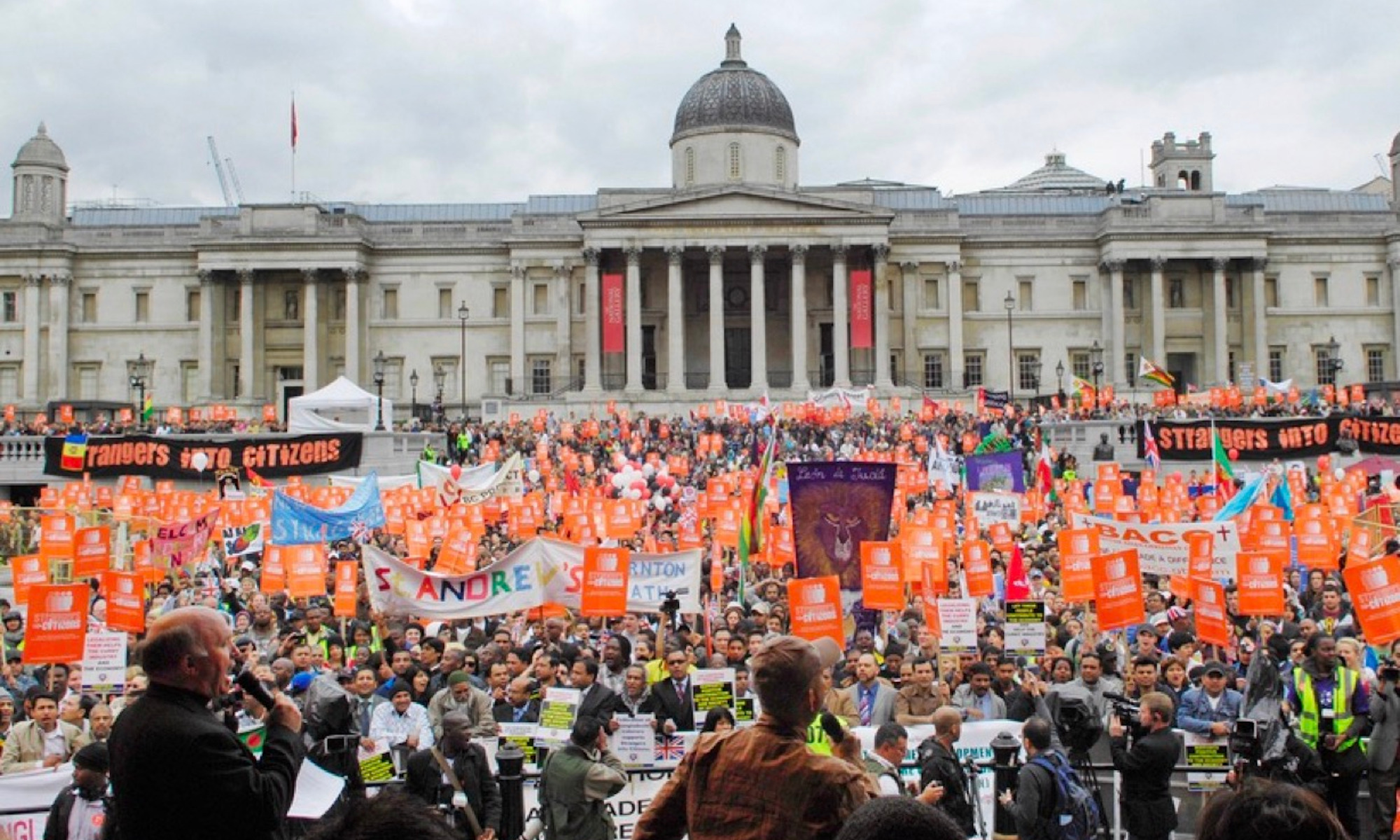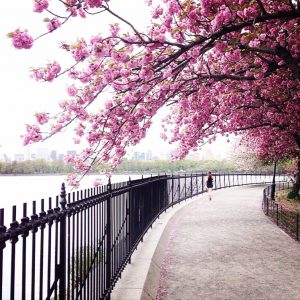Although one of the more densely populated areas in London, Whitechapel began the nineteenth century with few social institutions. At this time, its most notable landmarks were the Royal Mint and the notorious Tower of London, which was, by now, more of a landmark than a functioning prison. London Hospital, charged with healing the poor, the Magdalen Hospital For Penitent Prostitutes, and two organizations that served food (Spitalfields Soup-Ladling Society and the Eastern Dispensary) were dispersed throughout the district. The institutions and their images reveal a stark division. This southernmost area of the district home to industry and government building resembles a different world the the London Hospital, located in the northernmost area of the district. Where the Tower of London is depicted as an almost fairytale romanticized image, the London Hospital lacks ornament or festivity. One representative of the power of the state and its city, the other an expression of its weakness and vulnerability.
.

Between 1801 and 1830, development seemed to be more acutely focused on industry. The only two such institutions that would emerge during the period were both for sailors (the Asylum For Destitute Sailors and the Sailors Home. Furthermore, a grove of lower income housing or as the Victorian London Map describes “slums” occupy the area just East of the Government building. Only 26 years later would construction begin on the three enclosed docks bordering the Thames. Thousands would be displaced, forced out without refuge or compensation. The image of the smaller of the three docks remain, St. Katharine Dock. Only a lone manless boat stands in the place of a once bustling community.

In 1859, the Whitechapel workhouse would be built on the ruins of the Spitefield Parish Workhouse. The establishment of a workhouse would suggest a large influx of a lower income population as well as a greater immigrant presence. This conjecture aligns with population data during the time. Between 1840 and 1860 the population increased by over 15,000 persons. However, just when the workhouse was established the Magdalen Hospital For Penitent Prostitutes was shut down. The reason for this anomaly may be due to the Contagious Disease Act of 1864, which called for the investigation and imprisonment of any women confirmed or even suspected of prostitution. This suggests charitable work for this particular group may have become less desirable or harder to fund leading up to the passing of the act. The King Ragged School And Girls Refuge would sprout up in its place.
In fact, the next two decades, between 1861 and 1880, would see an increase in the number of refuges for both young men and women as well as almshouses. While the population actually decreased during this period by 3,186 persons, the founding of these institutions may have been in reaction to or because of an increased awareness of the growth during the decades prior. In the following two decades, the number of these accommodations would continue to grow. A new kind of institution emerged during this period that was interested in offering free education and enrichment, not for the purpose of schooling young children in a particular skill, but cultural institutions. Whitechapel Art Gallery and Whitechapel Library both served this purpose. While Whitechapel’s identity as a place of industry and government was solidified, so did its awareness of its new and less prosperous population grow.








